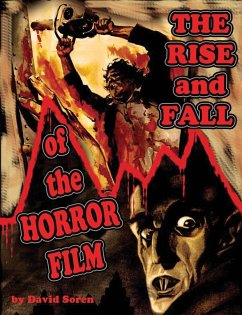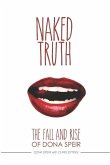The history of the horror film has been the subject of many books, many of them unfortunately picture books. Where more serious efforts have been made, the genre has been explored primarily from a chronological/factual or socio-economic point of view. Studies by sub-genre (vampires, wolf men, etc.) also may be cited. In an effort to begin to fill that gap and to try to explain why such films are generally so poor today, Dr. David Soren has written this book, primarily for the benefit of his film students, who continually lament the absence of any textbook on the subject. It is also essential that future filmmakers and critics realize the tremendous debt that the horror film owes to the history of art. Beginning with the relationship between Georges Melies and his Academic contemporaries such as Bouguereau, Dr. Soren has attempted to point out the influence of Symbolist (artists who seek to express or evoke emotions, ideas, etc. by the use of symbolic language, images, color, etc.), Dada (the style and techniques of artists, writers, etc. of the early 20th-centry who exploited accidental and incongruous effects in their work and programmatically challenged established canons of art, thought, morality, etc.), and Surrealist (a style of art and literature developed principally in the 20th century stressing the subconscious or non-rational significance of imagery arrived at by automation or the exploitation of chance effects, symbolic objects, etc.) art on filmmakers such as Vigo and Cocteau. German Expressionism is also discussed by the Post-Impressionist Edvard Munch is seen as an important creative force in the German theater of Max Reinhardt and in the making of such films as The Cabinet of Dr. Caligari (1919) and Frankenstein (1931). The Rise and Fall of the Horror Film remains a fresh and intriguing ode to fantastic cinema and will ensnare all film fans in it's fascinating web of movie mystique.








